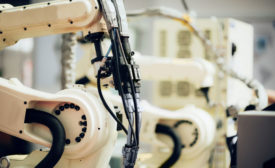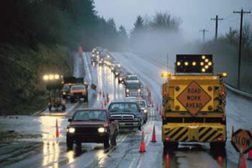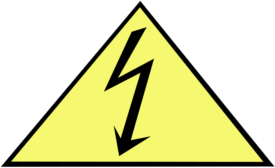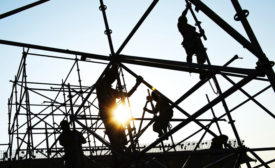Home » accident prevention
Articles Tagged with ''accident prevention''
From the NIOSH Director:
Advancing oil and gas workplace safety and health research
December 4, 2018
A NIOSH Science Blog post
Improving programs to control hazardous energy
New NORA website offers tools and templates
December 3, 2018
Never miss the latest news and trends driving the safety industry
eNewsletter | Website | eMagazine
JOIN TODAYCopyright ©2024. All Rights Reserved BNP Media.
Design, CMS, Hosting & Web Development :: ePublishing









